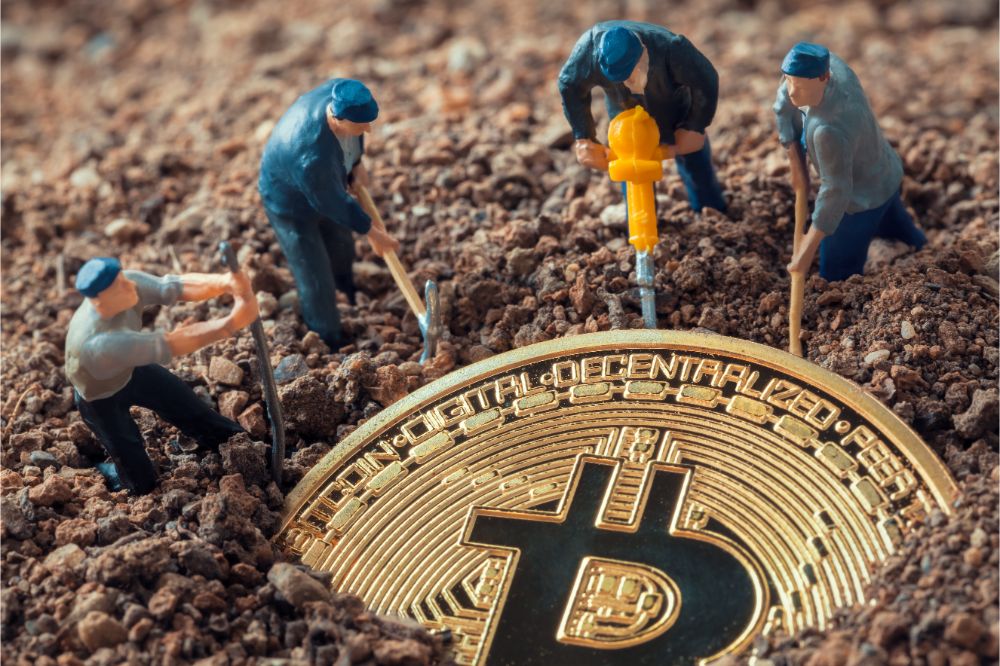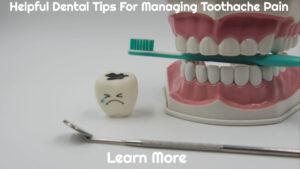Anti-Blockage and Earwax Buildup Prevention
Anti-Blockage and Earwax Build-up Prevention: Unfortunately, hearing loss is very common among the elderly.
Hearing loss affects around one-third of those aged 65 to 74, according to the National Institute on Deafness and Other Communication Disorders (NIDCD). In contrast, nearly half of Americans over the age of 75 experience hearing loss.
This is not an accident. Earwax buildup, without a doubt, worsens with age. Only 5% of healthy persons suffer from blockages, but they are more common in the elderly. According to the American Academy of Family Physicians, 57 percent of nursing home residents are affected by this condition.
Earwax, or cerumen, becomes drier as people age due to changes in the glands in the ear, making it more difficult to clean the ears as thoroughly as it once was. As a result, earwax is more prone to accumulate and cause a blockage in the ear canal. Blockages can be painful and result in ear fullness, irritation, discharge, or hearing loss.
Depending on the cause, hearing loss can be sudden or gradual, temporary or permanent. Excess earwax is one such overlooked cause of delayed and often reversible hearing loss.
What exactly is earwax?
To protect the ears, the body produces earwax (a waxy oil called cerumen). This sticky substance, together with the hairs that border the ear canal, helps trap dust, bacteria, and other foreign objects, keeping them from getting deep into the ear and harming the eardrum, middle ear, and inner ear.
Earwax also protects the ear canal’s sensitive skin from irritation caused by water when bathing and swimming.
Accumulation of earwax
Typically, earwax enters the pinna and falls out or is washed away. Some people’s ear canal glands, however, create more earwax than can be easily cleared. Excess earwax can solidify and produce an ear canal blockage.
Traditional “cleaning” methods, such as placing cotton swabs into the ear canal, can frequently create an obstruction by pushing earwax deeper into the ear.
An earwax blockage is one of the most common causes of hearing loss. The following are some of the symptoms of excessive earwax buildup:
Earache
Congestion or a feeling of fullness in the ear.
Ringing and buzzing in the ears (tinnitus)
Possible worsening of partial hearing loss
Dizziness
When should you see a doctor?
A blockage of earwax cannot be seen by simply looking at the pinna.
Otoscopes are required to examine an elderly person’s ear canal to determine if there is a blockage and to rule out other possible causes of symptoms such as hearing loss.
In minor cases, the primary care physician can examine the ear and give treatment recommendations. In extreme cases, however, it may be necessary to speak with a professional who specializes in the diagnosis and treatment of disorders of the ears, nose, and throat (ENT doctor).
A doctor can remove a particularly severe obstruction by repeatedly cleaning the ear canal, suctioning it, or scooping out the earwax with a curette (a small, curved device).
Home remedies for earwax
If the obstruction is reoccurring, a doctor may advise using earwax removal tools and techniques or using home treatments to prevent earwax buildup.
Ear, nose, and throat experts usually recommend gentle treatments to soften the wax before rinsing. Examples include mineral oil, baby oil, glycerin, hydrogen peroxide, and commercial ear drops.
The rinse uses body-temperature water to wash out the ear canal. (Using cooler or warmer water may result in temporary but severe dizziness; act with caution.) Keep your head erect and straighten the ear canal by holding the pinna (the outside part of the ear) and gently pulling upward.
With a syringe, direct a small stream of water against the ear canal wall around the cerumen plug. By tilting your head, you may drain the water.
Watering may need to be repeated several times to be successful. Carefully dry the ear after removing the earwax. To remove any remaining moisture, place a few drops of alcohol in the ear or use a hairdryer on low heat.
Avoidable treatments
Ear candles and other alternative medicine treatments are not recommended. Candles are not only ineffective at removing earwax, but they can also cause burns, further ear canal blockage, and even eardrum perforation.
A dental flush (such as a WaterPik) should not be used to cleanse the ear since the force of the jet can injure the eardrum.
Tweezers or a paper clip, for example, should not be used to remove hardened earwax. This can cause significant ear canal damage as well as eardrum injury.
Methods of removing earwax should never be used on elderly people who have a perforated eardrum. An eardrum rupture causes hearing loss and fluid leaking.
Self-treatment of earwax buildup after the eardrum has ruptured can result in an ear infection or acoustic damage.
Brought To You By- Ear Wax Removal Southport
The post Anti-Blockage and Earwax Buildup Prevention appeared first on https://gqcentral.co.uk









